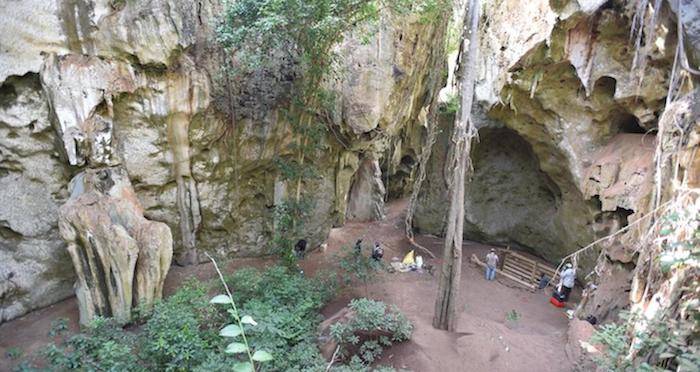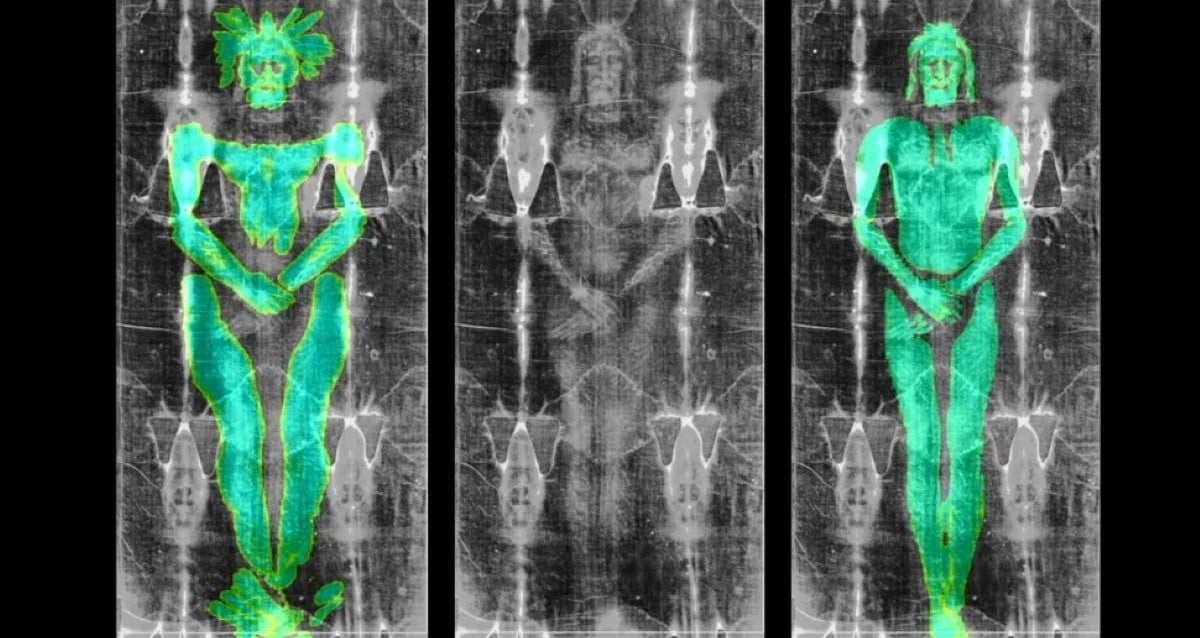“Unearthed Secrets: How 78,000-Year-Old Artifacts Could Rewrite the Story of Humanity’s Stone Age”
In human history, a cultural and technological transition happened between the Middle Stone Age and the Later Stone Age, which many archaeologists believe was due to a major revolution or migration. But ideas on how and why this happened come primarily from research on South Africa and the Rift Valley.
That’s because, until now, human history in coastal East Africa has been largely unexplored. This gap in research leaves us with gaps in information on our history.
Boivin was initially following up on an old report about artifacts in a smaller cave in 2009 when she and her colleagues discovered the huge Panga ya Saidi cave right next door.
“We were with colleagues from the National Museum of Kenya’s Coastal Forest Conservation Unit and they got really excited about the extraordinary biodiversity at the site, which had rare flowers and plants,” she said. “But the most spectacular finding for us was huge pieces of Iron Age ceramics sitting right on the surface. The cave system seemed remarkably undisturbed since Iron Age people had occupied it hundreds of years before.”
The next season she returned with a team to investigate further, and that’s when they “started to make the big discoveries we report in the paper.”
So what exactly were these discoveries?
Tools, arrowheads, blades, ostrich eggshell beads, exotic manuports, and around 30,000 knapped Stone Age artifacts. “The earliest bead is from the species Conus,” Boivin told us. “The species is usually associated with tropical and subtropical seas, so it shows that early hunter-gatherers were using the coast.”













